Location and Habitat
The Dehing Patkai Wildlife Sanctuary and the adjoining Jeypore Reserve Forest in Assam form 200 sq km of the last remaining lowland tropical rainforests in the country. Situated at the foothills of the Patkai Hill Ranges, contiguous to Namdapha National Park and bordering Myanmar, Dehing Patkai Wildlife Sanctuary (sometimes spelled Dihing Patkai) is one of India’s best kept secrets. Decades of logging, conversion to tea plantation and oil drilling has now left a small chunk of the otherwise wide-spanning forest, characterised by the towering dipterocarp trees.
Like many other rainforests, Dehing Patkai is characterised by an emergent layer (>40m), a well pronounced mid-storey and lower canopy of vegetation. The forest is criss-crossed with lianas creating beautiful patterns wherever you see. The emerald Burhi Dihing river cuts through the sanctuary, separating it into the Jeypore and the Soraipung ranges. Bamboo and cane patches at several parts of the forest are another key habitat for birds.
| Hotspot | Dehing Patkai Wildlife Sanctuary |
| District | Tinsukia |
| Other hotspots | Jeypore Reserve Forest Soraipung |
| Checklist | Assam |
Birding
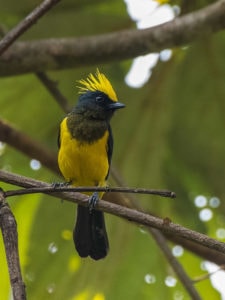
Dehing Patkai has a high diversity of birds, with about 330 species recorded so far. A walk in the forest, especially early morning or late afternoons, is going to give you a good opportunity to spot birds in huge hunting parties. In fact, in my times as a researcher studying birds in this site, mixed hunting flocks were—without fail—the highlights of any day. This was more so because there was always some new bird that you would end up spotting in the orchestra. From Long-tailed and Scarlet Minivets, to Sultan Tits, Pin-striped Tit Babblers, drongos like Bronzed, Greater and Lesser Racket-tailed, Blue-winged Leafbirds, Maroon Oriole, Green Magpie and the occasional woodpeckers and flycatchers—these are some of the participants in these hunting parties.
Other than these, one is also lucky to come across Greater Necklaced Laughingthrush and Red-headed Trogon in good numbers. Among woodpeckers, you have good chances of spotting both Lesser and Greater Yellownape, Bay Woodpecker, Greater Flameback and the very tiny White-browed Piculet in bamboo patches. You also stand a good chance to spot Pale-capped Pigeon if you are lucky. Green and Mountain Imperial Pigeons also frequent the salt licks or pongs (In fact, Soraipung (sometimes spelled Soraipong) translates to Sorai “bird” and Pong “salt-water pool”.)
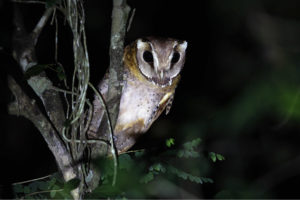
Babblers and Laughingthrushes are particularly common, and one is often gifted with sights of White-hooded Babbler, White-crested Laughingthrush, Abbott’s Babbler, Grey-throated Babbler, and Large Scimitar Babbler. The Digboi Oil Fields, another stopover site for birders, will also have Collared Treepie and Rufous-necked and Chestnut-backed Laughingthrushes. The oil fields are situated near the town of Digboi, contiguous with the Soraipung forest.
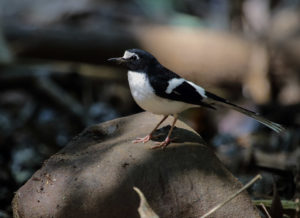
Owls including Asian Barred Owlet, Collared Scops, Oriental Scops, Brown Boobook, and Mountain Scops, are regularly heard and seen, whilst this is one of the best places in India to see the rare Oriental Bay Owl. The forests hold a good population of Austen’s Brown Hornbill, a tough-to-find species restricted to scattered pockets of the north-eastern part of the country. In fact, there are high chances of spotting them in the months of March–April, when they begin breeding—read more about these fantastic hornbills in our dedicated article. Oriental Pied Hornbills and very occasionally, Great Hornbills, show up here.
The trails running along streams are often excellent spots for Black-backed Forktail, Ruddy Kingfisher and Blue-eared Kingfisher. Among raptors, Jerdon’s Baza and Pied Falconet can be seen. I have had great luck with spotting Pied Falconet on numerous occasions (even in Jeypore village) but many other birders do not share the same fortune!
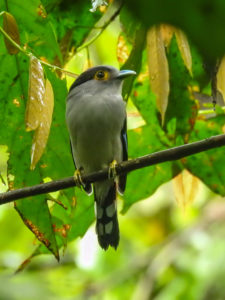
Among the tiny superstars, Dehing Patkai and the adjoining Jeypore Reserve Forest are good for spotting Tesias—Grey-bellied and Slaty-bellied, Rufous-faced Warbler, Yellow-vented Warbler, Dark-necked Tailorbird, Lesser and Rusty-bellied Shortwings, Ruby-cheeked Sunbird, Rufous-throated Fulvetta, and Streaked Wren Babbler (a short-tailed babbler that is restricted to undergrowth, and a key target species for Dehing Patkai). Trails, like the Namsang Trail in particular, are very lucrative for birders. Firstly, this trail can be accessed by vehicle and secondly, it passes through some of the nicest forest patches, as well as other varied habitats including bamboo patches and streams.
Other trails in Dehing Patkai and Jeypore include the Kothalguri, Gulmari and Hilikhali. However, access to these trails need permission and a forest guard. The main road from Jeypore town to Kothalguri (all of 10km) is in itself a great drive to spot birds (although not for your back, because the road is very bumpy!)
Dehing Patkai is also notable for the White-winged Wood Duck—the state bird of Assam. It is extremely secretive and is found in very few forested ponds. White-cheeked Partridges and Grey Peacock Pheasant are similarly elusive, but are very vocal.
Other Wildlife
Apart from the plethora of birds, Dehing Patkai is a hotspot for a wide variety of other animals. One of the most ubiquitous in this landscape is the Asian Elephant. Anyone birding in Dehing Patkai would agree that elephants are often a big factor to consider while birding in the forests. Being unpredictable in nature, it is advisable to always be in the company of people, forest guards or inside your vehicle.
Apart from the elephants, the other iconic mammal from this landscape is the Hoolock Gibbon—the only species of ape found in India. They will boldly announce their presence with their howls that resonate through the forests, and it is both music and annoyance to one’s ears (especially when you are trying to locate a tesia in a dense bush!)
Wild felids are also present—a remarkable seven species (Tiger, Common Leopard, Clouded Leopard, Leopard Cat, Marbled Cat, Golden Cat, and Jungle Cat) recorded on remote camera traps during a survey by wildlife biologist Kashmira Kakati is the most photographed from a single area worldwide—but these are ridiculously difficult to spot.
Other notable mammals include Sambar, Barking Deer, Capped Langur, Assamese Macaque, Malayan Giant Squirrels, Pallas’s Squirrel, Himalayan Striped Squirrel (often also seen with bird flocks!), and Red Flying Squirrel.
Logistics
Weather and Timing
The best time to visit Dehing Patkai Wildlife Sanctuary is definitely the seasons of winter and spring. During winter, which starts from November and goes on till February and early March, the forest is at its best. For one, winter months are when there is significantly less rainfall and thus, no chance of hindrance due to either rain or water-logging. Winter mornings in the forest are a sight in itself; if one hits the forest early morning, he/she is likely to witness a cold, misty envelope throughout the dense canopy and mid-storey of the forest which will remain dark until 7am. Slowly, as the sun’s rays start pouring through the canopy, the mist starts lifting and the birds, which were only vocal until now, start to become visible. Activity of birds and smaller mammals like squirrels remains all the way till 10–10:30am. This is followed by a drop in activity, which picks up again in the afternoon to last all the time till sundown.
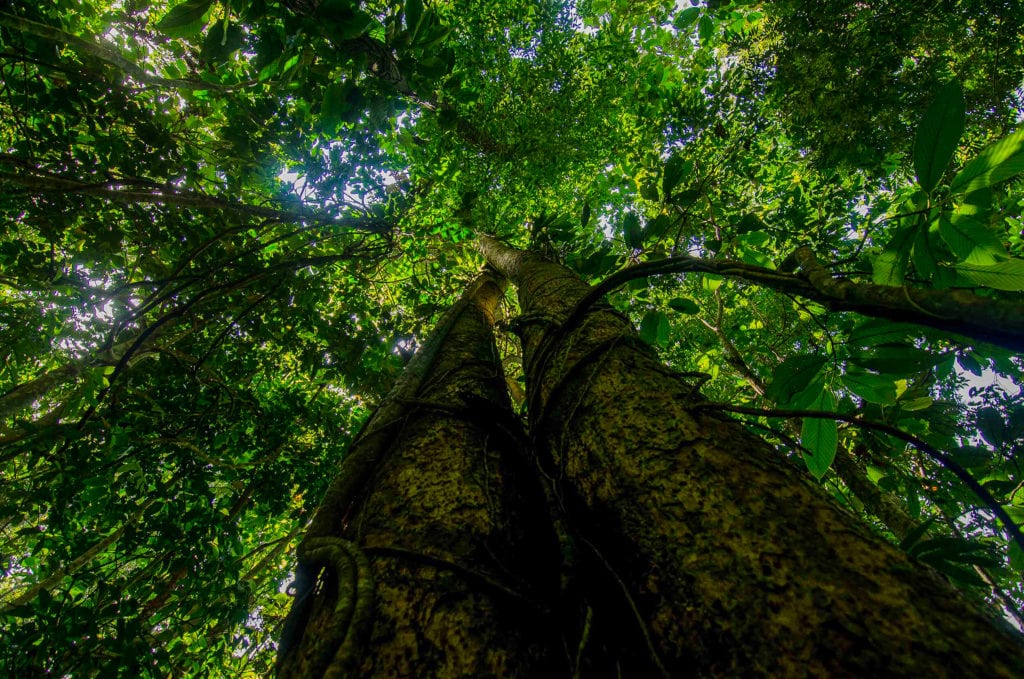
The winters are also a good time to spot a lot of migratory birds. The various small chaporis—river islands—in the Buri Dehing River will host flocks of Ruddy Shelducks and other migratory ducks. Scan the sand banks of the river, and you are likely to spot sandpipers, wagtails and other waders.
The months of spring (early March to April) are however, even better. The forest is rejuvenated by fresh bouts of rainfall and the leaves seem to wear a new shade of green altogether. This is also the time for many of the denizens of the forest to start breeding. One of the most noticeable changes in the forest is the addition of new leaves in the Messua ferrea trees—from white, to yellow and red, depending on the maturity; these trees, a very ubiquitous species in the mid-storey of this forest, change the colour scheme of the forest!
Spring is also when birds become more vocal. The most notable are barbets and cuckoos. Apart from Blue-throated and Lineated Barbet, which are vocal throughout the year, this is a good time to hear—and spot—Blue-eared Barbet. I have mostly seen this species calling out from the top of tall trees. Apart from this, the forest also comes alive with the calls of several species of cuckoo: Plaintive Cuckoo, Drongo Cuckoo, Hodgson’s Hawk Cuckoo, Violet Cuckoo and Emerald Cuckoo. The latter two are highly sought after. Other rarities that I could spot thanks to their calls include Austen’s Brown Hornbill, Long-tailed Broadbill, Silver-breasted Broadbill, and Sapphire Flycatcher.
Getting There
Dehing Patkai Wildlife Sanctuary spans across two forest divisions: the Jeypore Forest Division and the Digboi Forest Division. The nearest town to access the Jeypore section is Jeypore. To access the area of Soraipung, which lies in the Digboi Division, the nearest town is Digboi.
The nearest airport is Dibrugarh airport, situated at a distance of 60km from Jeypore and 84km from Digboi. Dibrugarh airport is well connected and has regular flights from Delhi and connecting flights via Kolkata and Guwahati to other major cities in India including Mumbai, Bangalore, Chennai. On a clear day, the approach to Dibrugarh airport will allow you stunning views of the Eastern Himalayan ranges, including the snow-capped peaks. Keep an eye out for Gorichen, the highest peak in Arunachal Pradesh. You can also get good views of the river Brahmaputra and the sandy islands on the river. Grasslands in these islands are often important refuges for important and rare birds like Black-breasted Parrotbill, Swamp Grass-Babbler, Marsh Babbler, Jerdon’s Babbler. If you are heading to the Mishmi Hills from Dehing Patkai, chances are that you will be making stopovers at the Roing Grasslands.
Accommodation and Food
It is highly recommended that visitors hire a vehicle during their stay here, as most of the trails need access only via personal vehicle. Both Soraipung and Jeypore have an inspection bungalow managed by the forest department. Getting a room is tough, and one needs to get in touch with the ranger or DFO Dibrugarh prior to your visit to ensure a room is kept for you. There are two rooms available in the Jeypore Inspection Bungalow. Situated at the end of a quaint lane next to the river, the old British-styled bungalow stands in a huge area which also has a few Hollong, Mekai and Bombax trees in the compound. It is a must visit for anyone coming to Jeypore. The Inspection Bungalow at Jeypore has a small patch of thickets and birds like Bronzed Drongos, Greater Racket-tailed Drongo, Hair-crested Drongo, Hill Myna, Asian Barred Owlet, Brown Hawk Owl, Collared Scops Owl, Oriental Pied Hornbill can be spotted/heard.
Alternatively, visitors with a vehicle usually prefer to put up at hotels in Digboi and drive to the forests by taking an early start. There are several options in Digboi for visitors to choose from. Apart from the Forest Rest House, there are private options like Namdang House, Jonki Panoi Bamboo Cottages, etc. Similarly, one can be based out of Duliajan or Tinsukia. Electricity is not a problem and hot water supplies are available on request. Blankets and mattresses are available, and required as it gets pretty cold in the winters. While here, one must stop and try local Assamese cuisine at roadside dhabas.
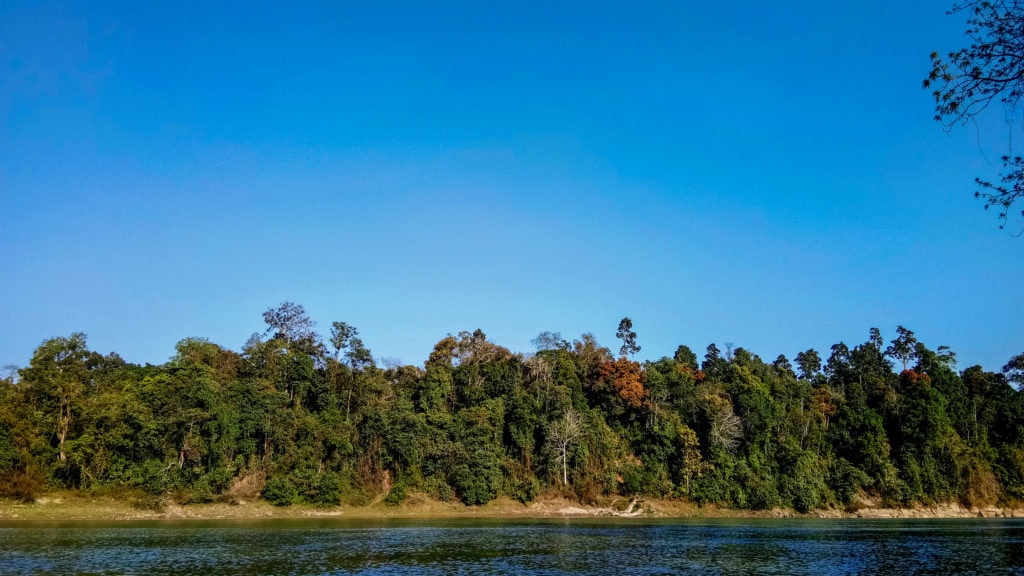
While birding at Dehing Patkai, please be mindful of leeches and other insects. As is the rule with birding in any rainforests, full-sleeved clothes and leech socks are a must. In addition, insect repellents may come handy. Also carry a raincoat/umbrella. Although winters are dry, there are occasional (and heavy) showers! A good pair of boots, especially water resistant ones, is recommended.
Other Birding Sites
Birders to Dehing Patkai can also visit nearby places of interest like the Bherjan Wildlife Sanctuary and Maguri Motapung wetlands. The former is a small forest fragment that has documented several rainforest species before, while Maguri Beel is great for waterbirds and grassland specialities. In previous years, there have been consistent sightings of Baikal Teal, Falcated Duck, Brown-cheeked Rail, Swamp Grass Babbler, Marsh Babbler, etc.
Useful Trip Reports
Not many trip reports cover this area in detail, but tend to just give a cursory mention whilst concentrating on other Northeast India sites.
- Trip Report: Namsang Road, Pritam Baruah—account of a successful single day’s birding on the Namsang Trail
- Northeast Frontier Birding: Arunachal Pradesh and Assam, Dr Ian D’Souza—beautifully illustrated wildlife report of a trip through lowland Assam and Arunachal Pradesh
Dehing Patkai is often visited en route to other sites as part of birding trips to Northeast India, e.g. the Mishmi Hills or Namdapha, but is clearly worthy of longer exploration. Contact us if you wish to visit and we’d be pleased to discuss ideas with you.
Conservation Concern
Dehing Patkai Wildlife Sanctuary has gone through considerable habitat destruction in the past few decades, including commercial logging, habitat conversion for agriculture and tea gardens, and militant activities. Recently, the forests came into highlight because of renewed threats from coal mining—with India’s Environment Ministry having cleared projects in protected areas whilst the country has been under Covid-19 lockdown—and subsequent habitat loss in critical elephant habitats. Thankfully these mining projects are currently on hold, but, despite plans to upgrade the protected status of Dehing Patkai to a National Park, the future of this valuable and irreplaceable habitat remains fragile.
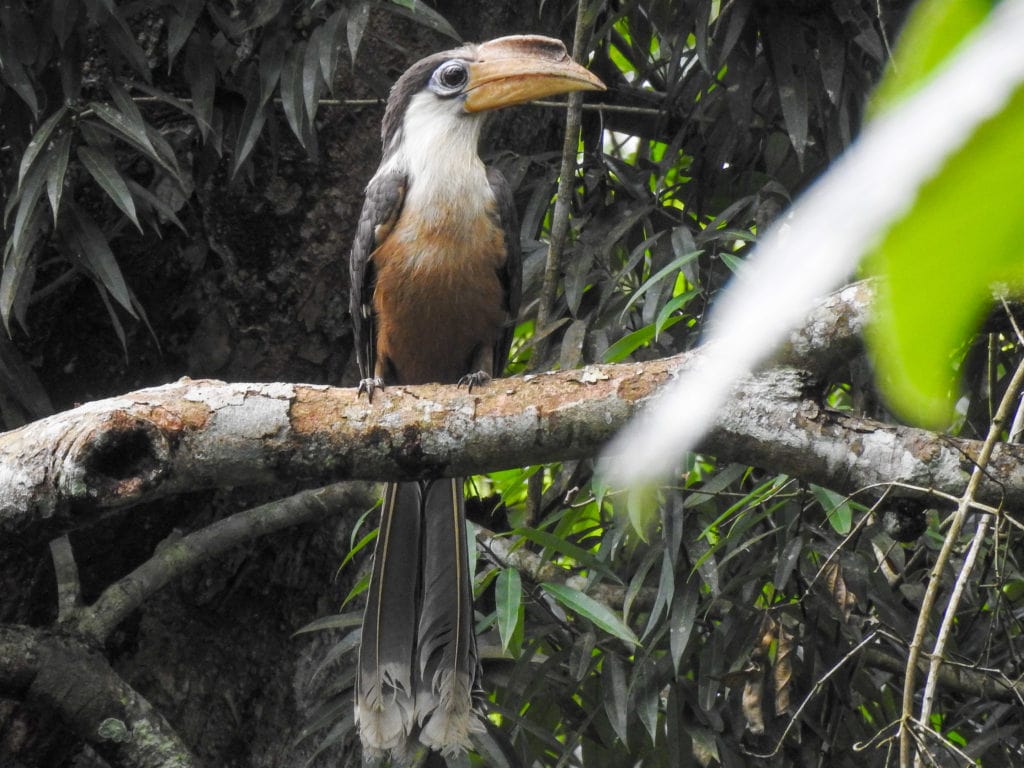
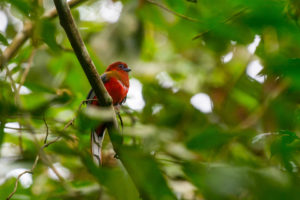
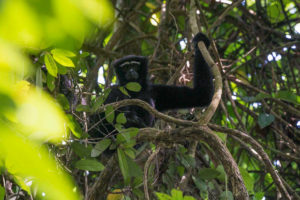


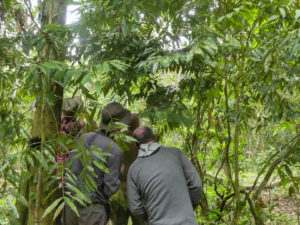
2 Comments
The Assam government on Monday decided to upgrade Dehing Patkai Wildlife Sanctuary into a national park. The announcement comes just months after the National Board of Wildlife’s (NBWL) conditional clearance to a coal mining project by Coal India Limited (CIL) in the Dehing Patkai Elephant Reserve sparked a spate of virtual protests in the state. Subsequently, North Eastern Coalfields (NEC), the CIL subsidiary, temporarily suspended all mining operations in the region.
This was actually notified in June 2021. With appropriate enforcement, this should be good news for the protection of the area.